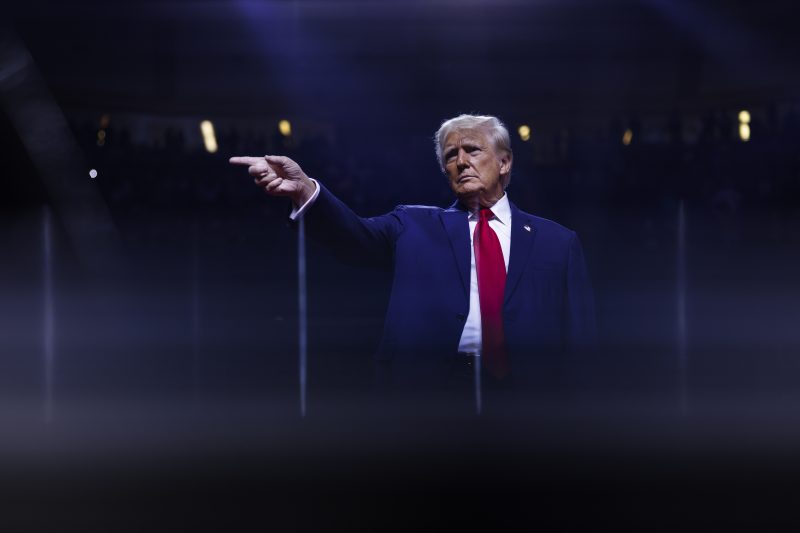In a recent turn of events, former President Donald Trump’s close associates are evidently making efforts to boost his energy levels as he confronts challenges in adjusting to the new political landscape led by Vice President Kamala Harris. The dynamic between Trump and Harris has been one of contrasting ideologies and approaches, leading to a period of unease and adaptation for the former president and his allies.
The political world has witnessed a tangible shift in power dynamics since the inauguration of President Joe Biden and Vice President Harris. With the Trump administration firmly in the rearview mirror, the onus has been on the former president to find his footing in an environment that is markedly different from what he has been accustomed to during his time in office.
Amidst this backdrop, Trump’s allies and supporters are reported to be deeply engaged in efforts to invigorate and energize him. These efforts come at a crucial juncture where Trump is navigating uncharted waters and seeking to assert his influence within a landscape that is now dominated by a new administration.
The challenges faced by Trump in adapting to the Harris-led era are multifaceted. Not only does he have to contend with the policy changes and direction set forth by the new administration, but he also needs to redefine his role and relevance within the broader political narrative.
One key aspect that Trump and his allies are likely grappling with is the shift in public perception and sentiment towards the former president. As the Biden-Harris administration tackles the pressing issues of the day, Trump is faced with the task of remaining visible and impactful in a political environment that is evolving rapidly and significantly.
Moreover, the emergence of Vice President Harris as a prominent figure in American politics adds another layer of complexity to Trump’s efforts to assert his influence. Harris, as the first female vice president and a symbol of diversity and progress, presents a stark contrast to Trump’s brand of politics, which was often characterized by controversy and division.
Despite these challenges, the efforts to energize Trump underscore the enduring influence and significance he holds within certain segments of the population. Trump’s ability to galvanize his base and command attention remains a potent force in American politics, and his allies are keenly aware of the need to harness and capitalize on this influence.
In conclusion, the ongoing efforts to energize Donald Trump as he grapples with adapting to the Harris-led political landscape reflect the complexities and nuances of power dynamics in the post-Trump era. As Trump seeks to carve out his place in a new political reality, the support and strategies employed by his allies will play a crucial role in shaping his trajectory and impact on the broader political landscape.
